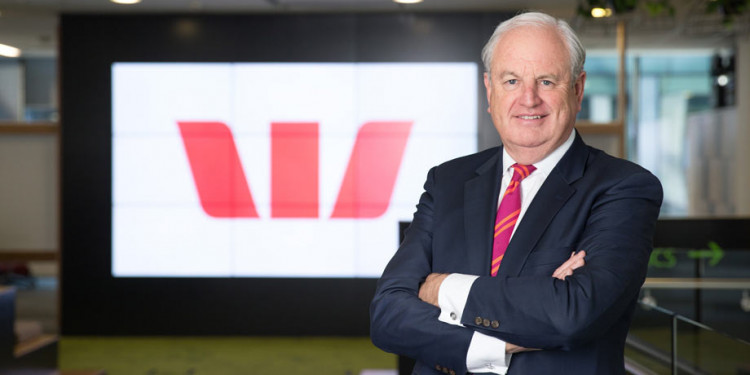
Pick up the phone to Westpac NZ and you’ll probably have your call answered by a woman. Walk into one of our branches and chances are you’ll be greeted by a woman too. The reason for that is 62% of our employees are women, and that figure is even higher in our frontline roles.
They’re the lifeblood of the bank and are critical to delivering great customer outcomes.
These women are paid the same as the men in identical roles, which is how we operate across the bank at all levels. What that means is that we’re very close to having complete pay equity across our organisation, a fact confirmed by a recently conducted and independently-verified analysis.
However, because women outnumber men in lower-paid junior positions and are under-represented in some higher-paid areas – like IT and specialised banking roles – the pay of the median man in our company is still much higher than the pay of the median woman.
How much higher? Our median gender pay gap is 30.3%. This is a blunt measure, which doesn’t factor in the different roles people perform, or their experience, or education. It just looks at the total hourly pay (including things like bonuses, overtime and superannuation) for all employees and compares the median man with the median woman.
As a blunt single measure though, it does tell us an important truth that pay equity or women in leadership statistics don’t – namely that we have more women in the lower paid levels in the organisation and more men in the higher paid levels. Statistics NZ, which puts the national figure at 9.3%, does not include superannuation in their calculation. If we were to use their methodology, our gender pay gap would be slightly lower at 27.7%.
Whichever way we measure it, our number is not pretty.
Why is the gender pay gap important? We know from our previous research that greater gender equality encourages more women into the workforce. That lifts economic growth, creating a benefit for everyone. Greater diversity at all levels also leads to better decision making within organisations, and diverse and inclusive businesses are better placed to respond to the needs of their diverse customer base.
And, if women are limited to lower paid roles, that is a constraint on their economic empowerment, and leaves them poorer in retirement. So while a big part of this is about fairness; it’s also important on a number of other practical and economic levels.
I’m pleased that we’re paying men and women equally for the same roles, and we see this as an issue of treating people fairly at a pretty fundamental level. Our gender pay gap however, shows that if we really want to raise the bar on treating both genders fairly we need to do more to get greater numbers of women into higher paid specialist roles and senior management.
Our uneven distribution of jobs at Westpac stems from the historical structure of financial services organisations here and overseas. Traditionally, front line roles in the service sector were dominated by women. This was also true in our industry, where the managers were men and the tellers were women.
Today, 47 years after the Equal Pay Act, change has happened but not as fast as we’d like. Even now about 80% of applicants for front line service roles are women, but it is much lower in areas like IT or financial markets.
What Westpac can do as an organisation is help remove the barriers that are preventing women progressing through to our more senior management roles. But a deeper societal issue is the fact that it is still the case that fewer young women than men enter careers in some male dominated fields, for reasons which are complex and not easily addressed.
Things that would help address that issue include having more women role models in these fields, and bringing more young women through to careers in STEM subjects.
You might be wondering why we’re voluntarily sharing our gender pay gap. We think being transparent and honest is the best way for us to confront it. We also think there is a lot of confusion around the topic and believe that bringing this conversation out into the open will help dispel misconceptions. We hope that revealing our number will also break the ice for other businesses to look into the gender pay gap within their own organisations.
We’re taking a range of actions to address our gender pay gap.
These include setting a target to increase the proportion of women in senior leadership roles to 50%. We already have more than 50% women leaders in our business, but the majority are in junior or middle management.
We have recently updated our parental leave policy to 100% of an employees pay for 22 weeks; we intend to apply for the YWCA Gender Tick and will continue to embed a high level of flexible working practices.
Both parental leave and flexible working are important steps that we can take to ensure that the careers of our high potential women don’t go off track during the time they are involved in raising a family.
Other countries like Iceland, Belgium, the UK and Australia have made strides in pushing large businesses to open up about gender pay and it is only a matter of time before New Zealand follows suit.
We want to get the conversation started now. We’re aware of other like-minded businesses with similar aspirations, and the Champions for Change (of which I am co-chair) is also advocating strongly for increased transparency in this area.
The bad news is that we have a gender pay gap of considerable size. The good news is that we are talking about it, we have a plan to close it over time, and we know that doing so will lift the bar on equality for all our people, now and into the future.
